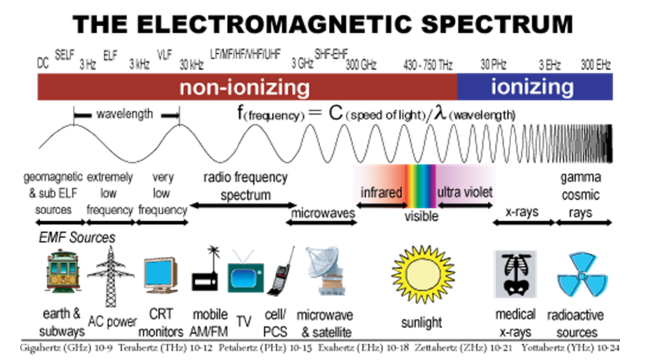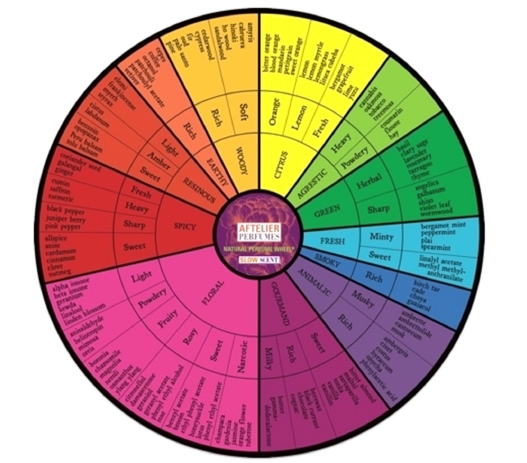- Submissions

Full Text
Open Access Biostatistics & Bioinformatics
The Weird Human Sences
Boyko Ranguelov*
Mining and Geology University, Bulgarian Academy of Sciences and Arts, Bulgaria
*Corresponding author:Boyko Ranguelov, Mining and Geology University, Bulgarian Academy of Sciences and Arts, Mining and Geology University, 1700 Sofia, Bulgaria
Submission: January 05, 2024;Published: January 11, 2024

ISSN: 2578-0247 Volume3 Issue3
Opinion
Well Known Facts
It is rather strange that the nature gave only 5 senses to the human beings. As everybody knows these senses are: Dactyl -to feel the touch and vibrations, Smell-to feel odors, aromas, Taste-to feel the tastes, Vision-to view the environment and feel the light and colors, Hearingto hear the sounds and noises.
From physical point of view
The dactyl feeling is a transmission from sensitive nerves of our hands (predominantly, but also by skin, body and legs) to the brain, where these feelings are transformed into brain impulses. The range of this sense is between 10-15Hz to more than 20 000Hz depending on the amplitudes of the vibrations. By this sense is also possible to feel temperature variations is a very narrow band (-50 0-60 0C to +70 0-80 0C). The taste feeling covers: bitter, sweet, hot, sour and salty and a small amount of combinations - at all 5 tastes.
The hearing presents the ability to hear sounds in the sound band between the infrasound (16Hz) to the ultra sounds (20 000Hz). This is relatively narrow band of the sounds hearable in the nature. The lack of detection abilities for the infrasound can be dangerous, because the infrasound has negative consequences to the human body and physics. The same is valid for the ultrasounds. The visible abilities are also in an extremely narrow band of electromagnetic spectrum for detection by the human eye-from about 380 nm (for the infrared light) to 750nm (for the ultraviolet light).
The natural spectrum of the electromagnetic waves (where the visible light belongs) is much larger-from about 10-16m (gamma rays and elementary particles) to 108m (long radio waves). The smell sense is the most exceptional of all senses. The human sense can smell more than 30 different odors. Including nuances, they can reach more than 120.
All feelings presented by human senses are based on the transformation of signals emitted by specialized sensitive nerves to the brain and the following processing. Up to now this information is more or less familiar to everybody. The strange things start when we go deeper and ask some specific questions.
Questions Reveal the Weird Human Senses
Why so narrow band of electromagnetic spectrum is available for human eye? Is it enough to provide light information for the survival of a human being? Why other creatures of nature have wider sensitivity and covers larger electromagnetic spectrum? Why human being has not detection “devices” for radioactivity (a dangerous component of the environment), magnetism and gravity, which are of vital importance.
Why only 5 tastes are available? (Many animals have more). Here is the place to mention that some years ago a Nobel Prize in physiology and medicine was awarded for the discovery of how human tongue can separate warm, hot and burning, i.e. the level of temperature in very narrow limits as well as the hot taste.
Why the ear is sensitive only to the vibrations propagated trough gases and less trough liquids? The sound waves propagate in the solid substances, Figure 1 but the ear has less sensitivity for these.
Figure 1:The very narrow visible electromagnetic spectrum is a weird property of the human eye.

Why the dactyl sensitivity is limited by touch and in a narrow spectrum of vibrations? And finally-the weirdest discovery. Why so many odors are available to the human nose? This is not a vital requirement. Is this a product of evolution or it is a fundament of the genetics? Figure 2 Who put these genes to the human genome? By the way these last questions are valid for all of the strange human senses.
Figure 2:More than 120 odor nuances are available to the human being.

Conclusion
The properties of the human senses are rather limited in their abilities and effectiveness. There are not clear answers, why these senses are so limited (by nature or by genome) and can they serve effectively to the human being and the society. Are there possibilities to extend (except the artificially created devices) the natural effectiveness by technological achievements (implants, brain sensors, etc.)?
References
- https://socratic.org/questions/what-is-the-electromagnetic-spectrum-used-for
- https://www.aftelier.com/Aftelier-Natural-Perfume-Wheel-p/wb-wheel.htm
- https://plato.stanford.edu/search/searcher.py?query=touch
© 2024 Boyko Ranguelov. This is an open access article distributed under the terms of the Creative Commons Attribution License , which permits unrestricted use, distribution, and build upon your work non-commercially.
 a Creative Commons Attribution 4.0 International License. Based on a work at www.crimsonpublishers.com.
Best viewed in
a Creative Commons Attribution 4.0 International License. Based on a work at www.crimsonpublishers.com.
Best viewed in 







.jpg)






























 Editorial Board Registrations
Editorial Board Registrations Submit your Article
Submit your Article Refer a Friend
Refer a Friend Advertise With Us
Advertise With Us
.jpg)






.jpg)














.bmp)
.jpg)
.png)
.jpg)










.jpg)






.png)

.png)



.png)






